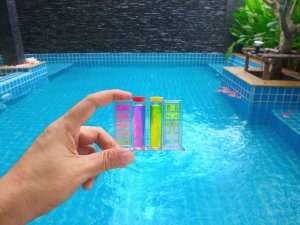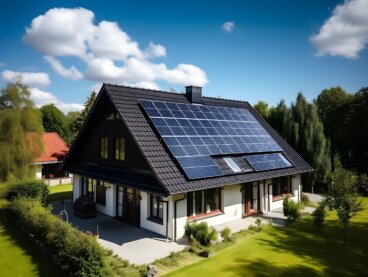How to Fix Swimming Pool Water Problems

You can enjoy a nice swim in your pool during the summer and winter months. In this day and age, you can elect to open or cover your pool. However, this requires ongoing maintenance. In this article, we’ll explain how you can fix swimming pool water problems.
Many factors can hinder a pool from being in working order. The pool should be clean and sanitized to prevent infections since contaminated water can be unhealthy and harmful.
For this reason, you need to be aware of ways you can fix swimming pool water problems that may arise. After all, you should be able to enjoy swimming without worrying about any issues that may come up.
Problems with the pool filter

Generally, the pool water goes cloudy because of the filter. Filters are usually only good for two years or less, so you should check and change it whenever your pool shows signs of water deterioration.
The filter may also be dirty. As time progresses, all kinds of dirt can get into the water, including dirt that comes from the swimmers’ bodies. The filter then accumulates hair, leaves, or other objects. If it isn’t thoroughly cleaned, serious damage can result.
You should consider where you purchase your pool filter. Under no circumstances should you buy low-cost or second-hand models. We recommend you go to specialized stores and buy the type of filter that best suits your pool and can offer a quality guarantee.
It is necessary to observe, check, and investigate the state of the pool itself.
Problems with chlorine? There’s a solution

Water is the main natural component that facilitates the life of any living thing. But it can cause problems in a pool. Let’s take a look at some solutions to the problems that can arise:
- As previously mentioned, a good filtration system is necessary. Here are some extra tips: adequately clean your pool, regulate its pH level, and of course, properly chlorinate it according to its size.
- You should carefully monitor your pool’s pH level. If it’s high, the chlorine can’t do its job properly. Because of this, you must check the water conditions. This is the only way to prevent the appearance of chloramines.
- If your pool has excess chlorine, it makes the water appear cloudy. Also, if a pH balance isn’t achieved, the water may be too acidic. Highly acidic water isn’t suitable for swimming and lessens the pool’s quality.
- The granulated chlorine quickly dissolves in the pool, possibly removing the dirt from the water and improving the water conditions.
Tips to prevent problems with your swimming pool water

The most important thing is to maintain daily water control. We advise using a robot pool cleaner to clean the pool floor and walls. Good hygiene is essential.
To ensure that the water maintains a crystalline appearance, you must follow the manufacturer’s advice. You should also always keep adequate doses of chlorine in the water and remove any dirt particles that may be on the surface.
Enjoying a swim in sanitized water is synonymous with health.
Other measures to consider

To avoid poor water conservation, you must check the condition of the equipment. You should clean the drain baskets on the edges and also the pump hair trap.
Brushing the floor and walls is also a way to clean the entire surface. This way, you’ll resolve any problems that may arise.
Adding algicide is another efficient measure to take. It kills any algae growing in the pool and therefore helps keep your swimming pool water clean.
All cited sources were thoroughly reviewed by our team to ensure their quality, reliability, currency, and validity. The bibliography of this article was considered reliable and of academic or scientific accuracy.
- AA. VV.: Contribuya a tener un hogar sano, U.S. Department of Housing and Urban Development, 2003.








